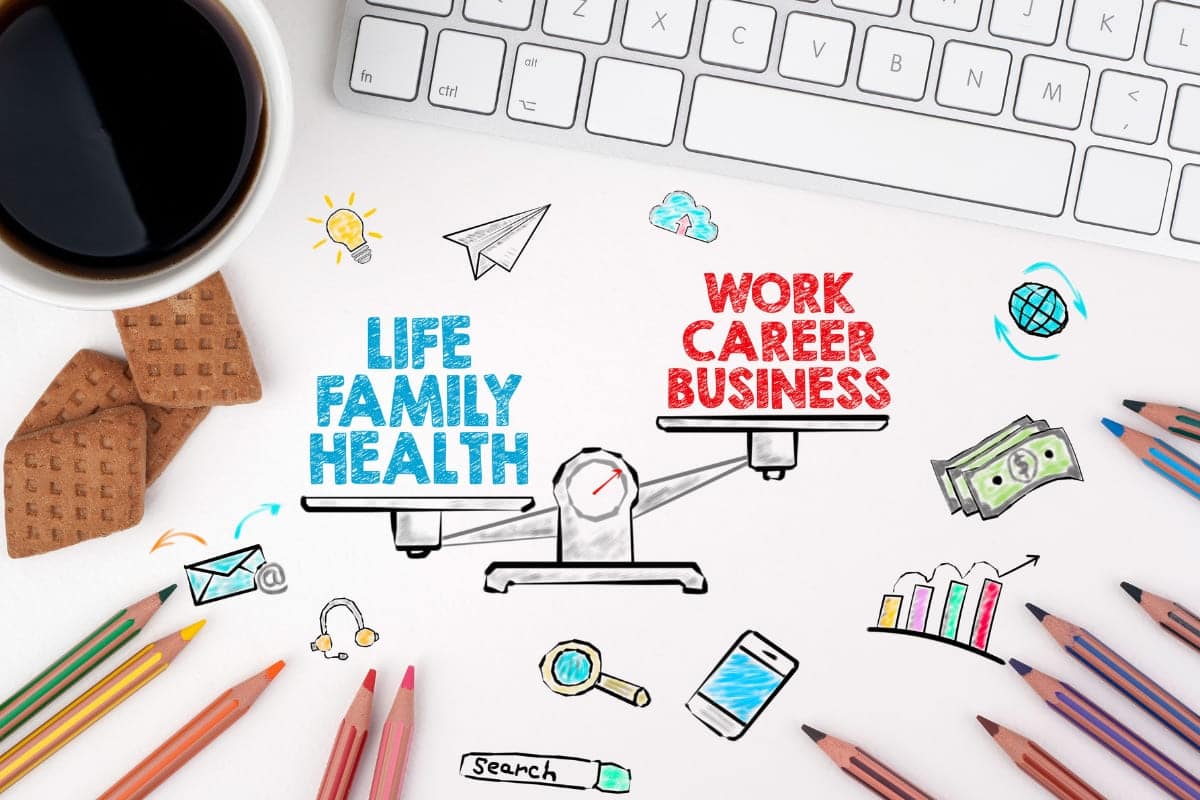Achieving Work-Life Balance
In today’s fast-paced world, achieving a healthy work-life balance is a cherished goal for many. It’s about more than just managing your time; it’s about nurturing your physical, mental, and emotional well-being while pursuing your professional ambitions. In this guide, we’ll explore the concept of work-life balance, and its significance, and provide practical strategies to help you attain equilibrium in your life.
What is Work-Life Balance?
Work-life balance is the equilibrium between your professional life (work) and your personal life (life outside of work). It’s about finding harmony in these two aspects so that neither one overshadows the other. Achieving this balance enables you to lead a more fulfilling and less stressful life.
Why is Work-Life Balance Important?
-
Health and Well-being: Balancing work and life reduces stress, lowers the risk of burnout, and promotes better physical and mental health.
-
Enhanced Productivity: Taking time to relax and recharge outside of work can boost creativity and productivity when you’re on the job.
-
Improved Relationships: Spending quality time with loved ones fosters stronger relationships and a happier home life.
-
Personal Fulfillment: Pursuing hobbies, interests, and passions outside of work adds depth and meaning to your life.
Strategies for Achieving Work-Life Balance
-
Set Clear Boundaries: Establish distinct boundaries between work and personal life. Define when work begins and ends, and stick to these boundaries as closely as possible.
-
Prioritize Tasks: Use time management techniques like the Eisenhower Matrix to prioritize tasks and focus on what’s most important.
-
Learn to Say No: Don’t overcommit. Politely decline tasks or responsibilities that can encroach on your personal time.
-
Delegate and Outsource: At work and at home, delegate tasks when possible and consider outsourcing non-essential responsibilities.
-
Take Regular Breaks: Incorporate short breaks into your workday to recharge and refocus.
-
Unplug: Disconnect from work-related emails and messages during your personal time.
-
Set Aside “Me” Time: Dedicate time to self-care activities that rejuvenate you, whether it’s reading, exercise, meditation, or pursuing a hobby.
-
Plan Regular Vacations: Take time off from work to relax and spend quality time with family and friends.
-
Communicate Your Needs: Openly communicate with your employer, colleagues, and loved ones about your need for work-life balance.
-
Evaluate and Adjust: Regularly assess your work-life balance and make adjustments as needed. What worked in the past may need to be adapted as circumstances change.
The Myth of Perfect Balance
It’s important to note that achieving a perfect work-life balance may not always be feasible. Life is dynamic, and there will be times when work demands more of your attention. The key is to recognize these periods and strive for balance over the long term.
Conclusion: Your Path to Harmony
Work-life balance is not a one-size-fits-all concept. It’s a personal journey that requires self-awareness, prioritization, and continuous adjustment. By consciously striving for equilibrium between your professional and personal life, you can lead a more satisfying and harmonious life, achieving success not only in your career but also in your overall well-being. Remember, the pursuit of balance is a lifelong endeavor, and each step you take towards it brings you closer to a life that’s truly fulfilling.
อ่านบทความทั้งหมด >>> Accounting Office
Accounting service Tel.084-343-8968 (POND)



